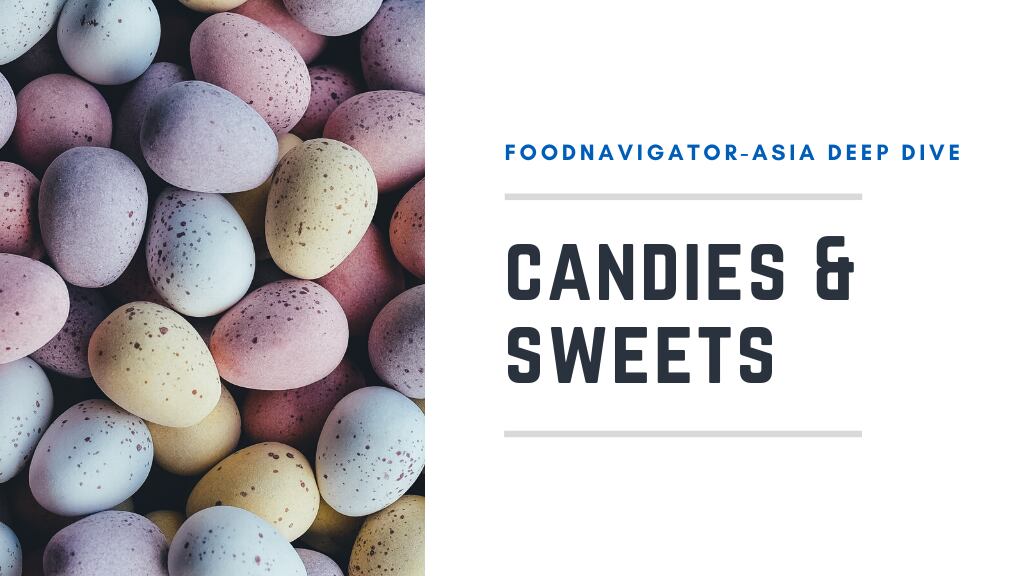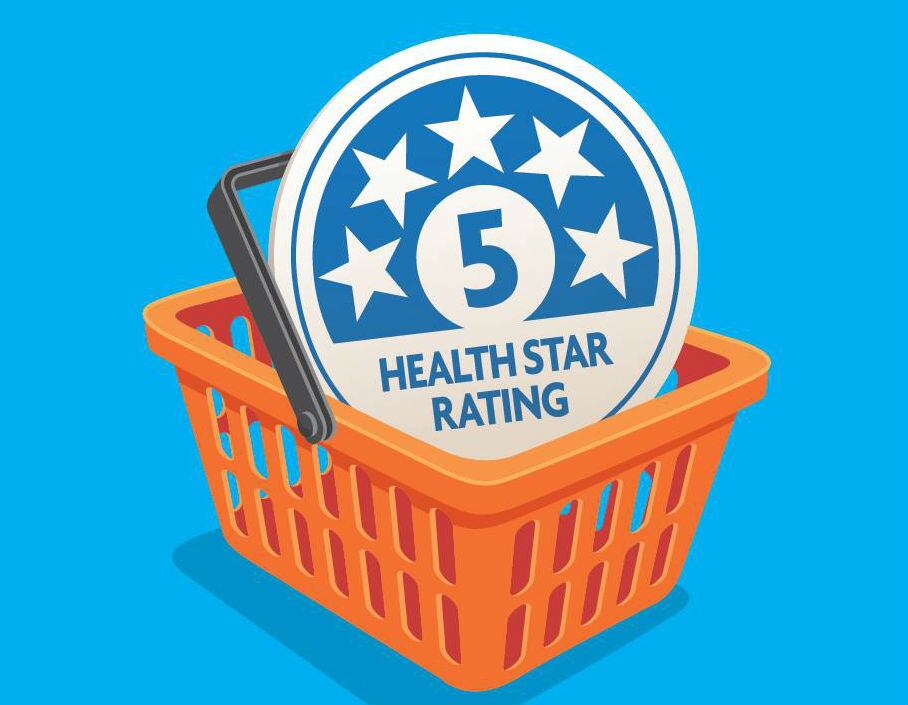In this edition of the FNA Deep Dive, FoodNavigator-Asia digs deep into the sweets and candies industry to find out more from leading brand names in this sector.
The candies market in APAC is estimated to grow by a CAGR of4.5% to hit US$18.3bn in value by 2023, up from US$14.7bn in 2018. Reduced sugar or sugar-free options are expected to play a significant role in generating growth within the region, as consumer demand for healthier food options, even within discretionary, indulgent segments such as sweets.
According to data from GlobalData, 43% of APAC consumers feel that a ‘Low in Sugar’ claim is associated with healthier sweet or candy options, and 45% believe that a product that is ‘free from artificial ingredients’ is considered ‘clean label, and will turn to these where possible.
However, sweets and candies are by definition a ‘confectionery food with sugar as the chief ingredient’ – so how can companies look to developing and marketing healthier options, and does such a thing as a ‘healthy’ sweet exist?
According to international handcrafted hardboiled candy firm Sticky, the answer is no. Sticky Business Development Manager David King told FoodNavigator-Asia that the firm has recently seen a movement towards sugar-free alternatives in the sector, but consumers need to treat these with caution.
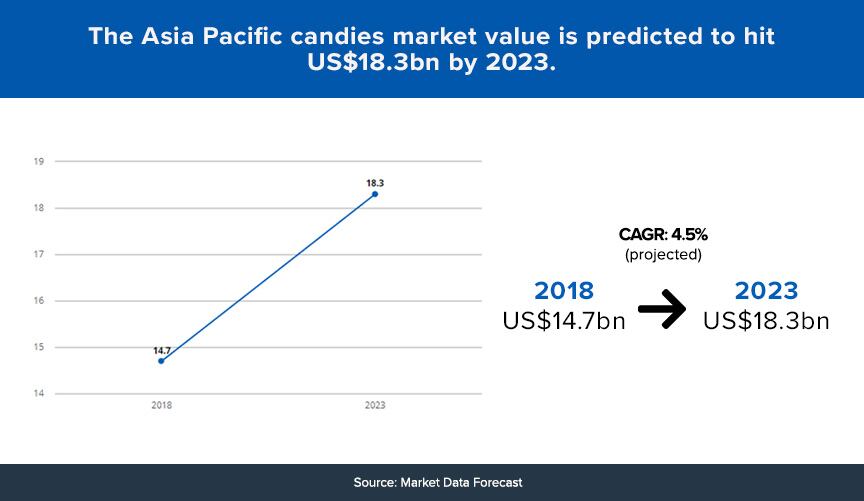
“There are a number of confectionery companies that are trying to take advantage of [the sugar-free alternative movement], particularly through the use of natural colors and flavours,” said King.
“It disturbs me a little bit when I see somebody selling something that's pure sugar but they put natural colours in it, (as if) that somehow makes it a healthy alternative but they are certainly trying to take advantage of the more health conscious consumer base.”
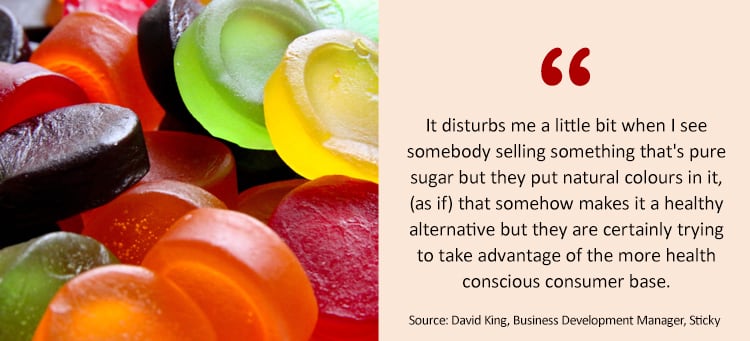
He stressed that ultimately, sweets and lollies (the Australian term for any sweets or hard-boiled candies) are still meant to be consumed as a treat, and not a staple food.
“For us, we don't promote our products as a particularly healthy alternative. We emphasise our lollies as a treat and recommend consumers to eat anything in moderation,” he said.
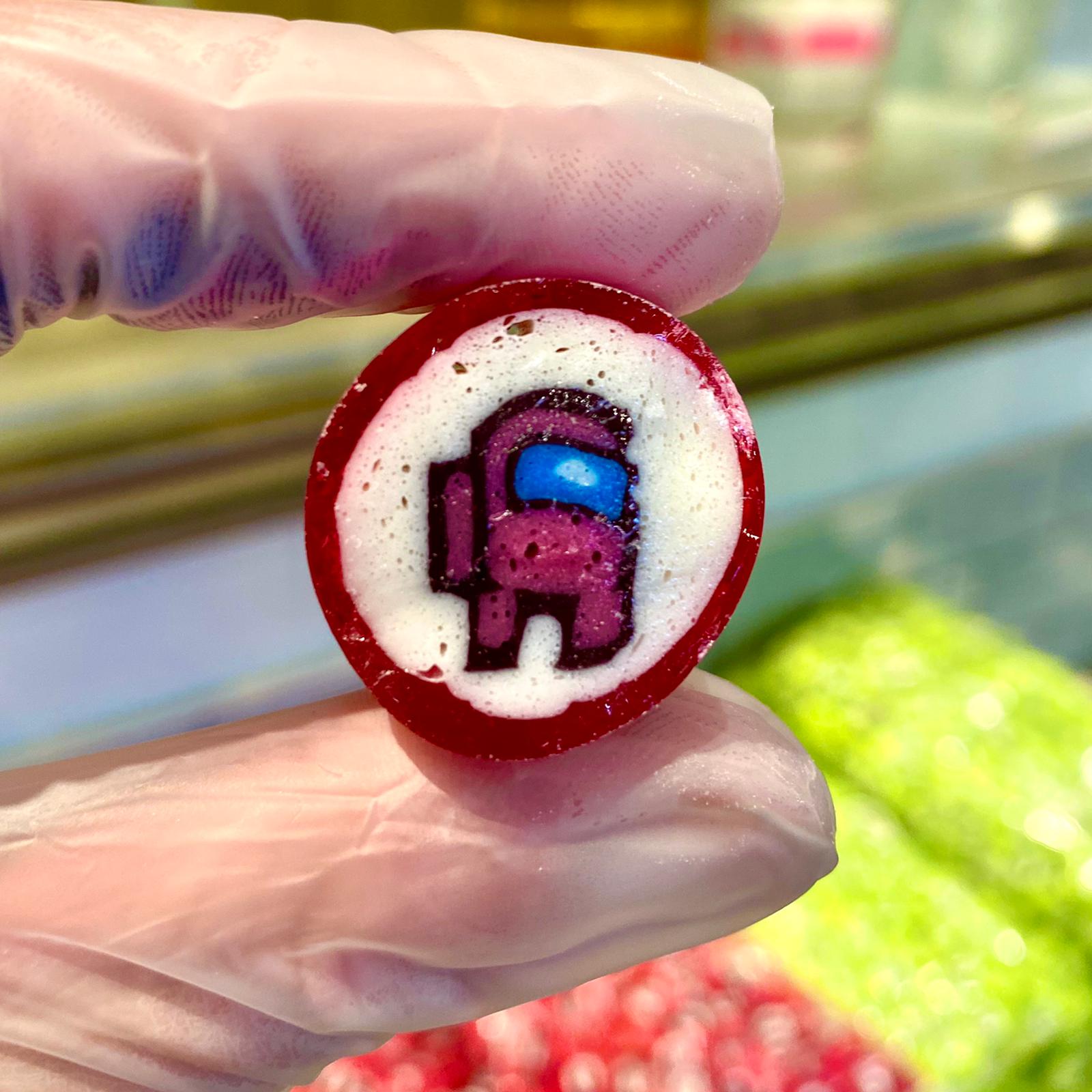
This view was concurred with by multinational sugar-free candy firm Sugarless Confectionery, which specialises in all forms of sugar-free candies from hard sweets to chews to jellies to chocolates, and has one of the largest sugar-free confectionery ranges worldwide.
“[A sweet is still a sweet], and anyway whatever we do in life, if we abuse it, we will get sick - if you drink too much water it’s bad for you too. Everything needs to be eaten in moderation,” Sugarless Confectionery CEO Jacques Aubry told us.
Aubry founded the firm in 1969 and has since overseen its global expansion to locations including Singapore, Malaysia, Hong Kong, New Zealand, the United States, the United Kingdom and South Africa. He calls himself ‘the Christian Dior of sugar-free confectionery’.
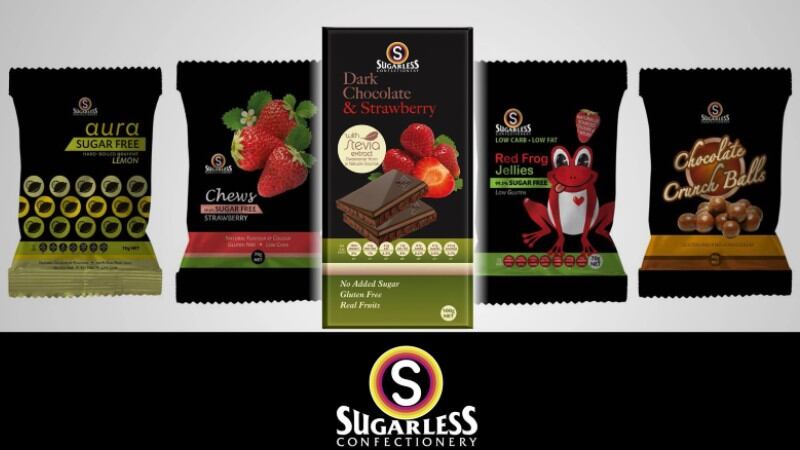
“Our sweets are not food – they are delicacies, a little pleasure, not something to eat a lot of. In addition, all sugar-sweets have a laxative effect. The recommendation worldwide is about 35g per day, and not in one shot,” he added.
“So sugar-free sweets are better, but if you eat too much of any sugar-free sweets from any company, it will cause side effects such as diarrhea, so even I do not recommend it.
Watch the video below to see more of Aubry’s insights:
Meeting consumer demand
Despite this, there can be no doubt that consumer demand for healthier sweet and candy options is still very high based on the perceived benefits, and companies are still innovating to meet this demand, including big firms such as Mondelez International.
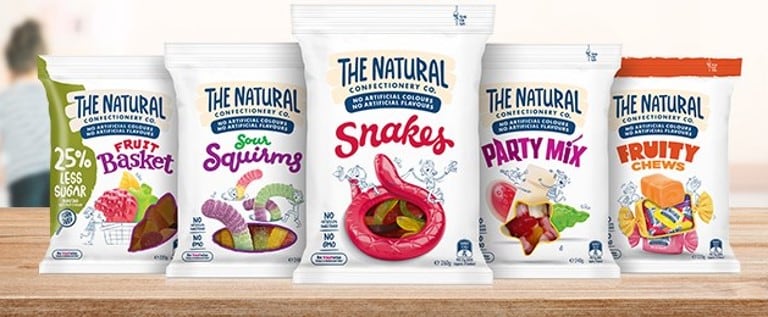
For example, Mondelez sweet brand The Natural Confectionery Co is well-known for its motto of No artificial colours, flavours, sweeteners, GMOs or high fructose corn syrup and generally regarded as one of the ‘healthier’ candy choices by consumers – but even they have opted to launch a reduced sugar version of their jellies.
“[We’re seeing consumers] increasingly turn to snacks to fuel themselves throughout the day [and also] becoming increasingly conscious of what’s in the snacks they enjoy. [This is why] we’re offering a reduced sugar product, [so] people looking to enjoy their favourite treat with 25% less sugar now have an option [that delivers the same taste],” Mondelez Director of Marketing for Candy, ANZ and Japan Lauren Fildes told us.
“These 25% less sugar jellies have been flying off the shelves, [and] what’s been interesting is that a significant proportion of the sales have been incremental to the core range, bringing new consumers to the brand.
“[This response shows that] COVID-19 doesn’t seem to have slowed the growing trend towards snacks that have ingredients people recognise, and a [wide] range of wellbeing options they can choose from.”
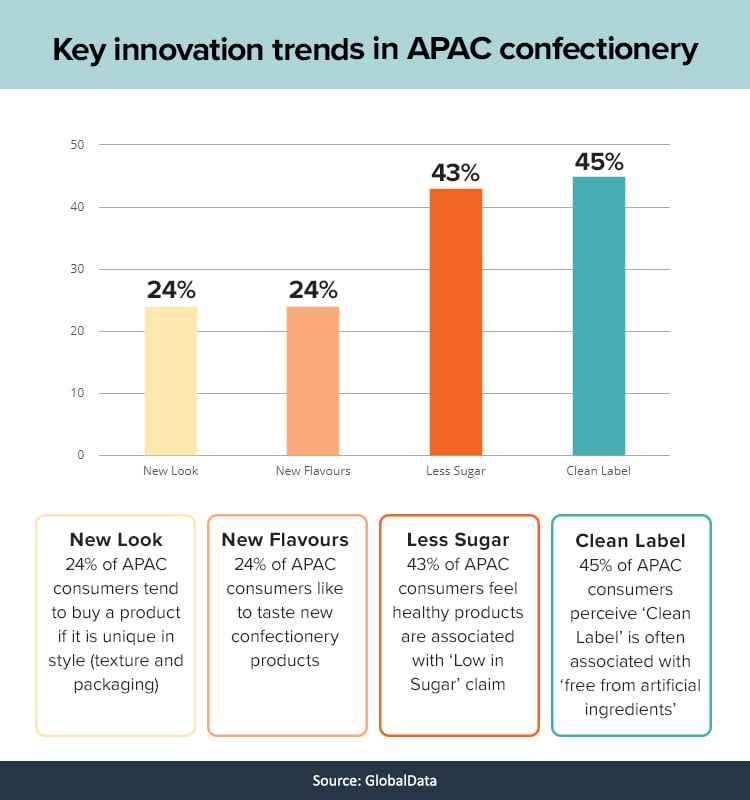
Stevia-based candy specialist Double D has also stepped up its innovation in response to consumer demand, especially due to calls for less sugar in diets in general.
“People are looking for less sugar in their diets [as] it’s everywhere, and people are becoming more conscious of that, so sugar free candies are becoming more popular the world over,” he told us.
“We make products that appeal to sweet-loving consumers without using sugar [by using] natural flavours, and stevia is our natural sweetener of choice.
“Given all that’s going on with the COVID-19 situation, people are becoming ever more health conscious [so health and sugar-free] are likely to continue to be a major driver for the industry in the APAC region.”
Flavours
Sugar-reduction aside, when it comes to sweets and candies, flavours are the most crucial element in providing choice for consumers. For Nestle, a major area of development has been in its sour-flavoured jellies launched under the Allen’s brand which it ventured into due to rapid segment growth.
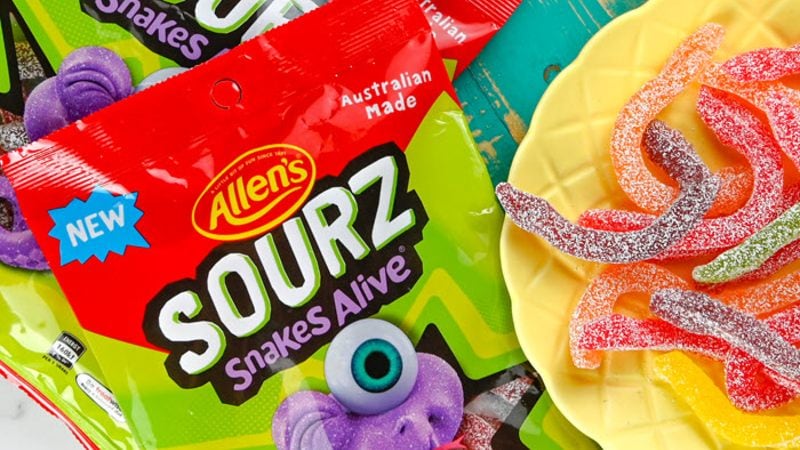
“Sour jellies have been a key focus for Allen’s product innovation this year, given the rapid growth in the segment over the last 12 months (19.3% vs Year of Assessment according to Nielsen data),” Nestle Head of Marketing Confectionery Joyce Tan told us.
“[As such], we released Allen’s Sourz Tangy Randoms in June - a random mix of lightly sour, fruity flavoured jellies - and in September, a sour version of our cult classic Snakes Alive - Sourz Snakes Alive.”
Tan believes that the sour jellies trend is likely to continue well into 2021, and said that Nestle will continue to innovate in the area.
“We don’t see the trend slowing down any time soon, [as consumers] have been extremely responsive to Allen’s move into the sour jellies segment, so we’ve been working on some exciting new innovations for 2021, including a sour twist on some of our classic and much-loved [variants].”
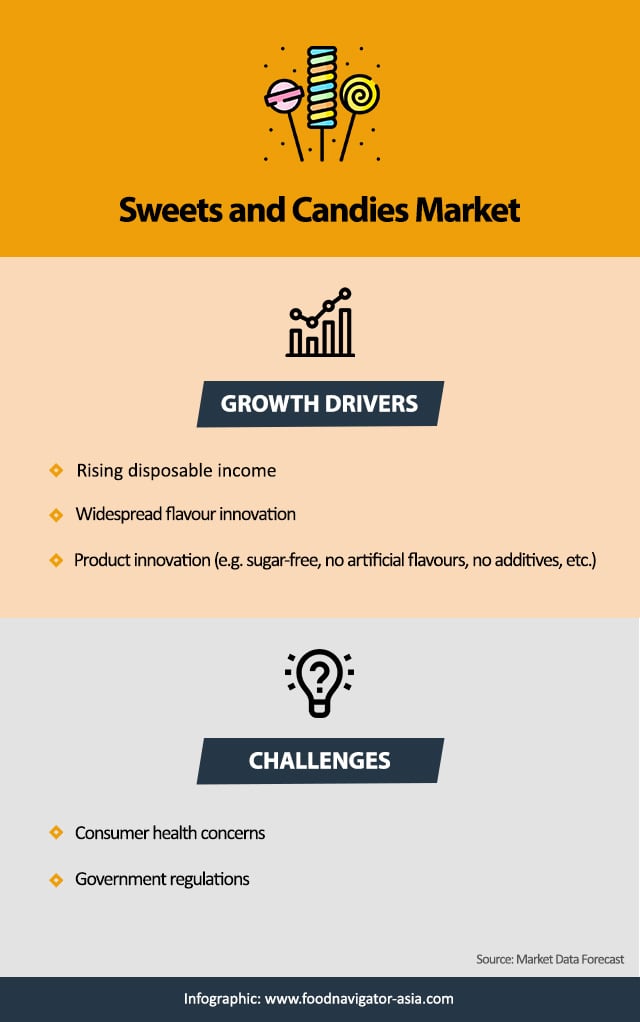
Hughes on the other hand believes that fruity flavours are the way to go when winning over younger consumers.
“We find it’s a pretty even split between all the different flavours and textures, [whether it’s chews, hard candies, gummies, etc.], but fruity has been an outstanding flavour trend with millennials in the region,” he said.
Functional candies on the rise
In addition to being just an indulgence or delicacy, sweets can also have a functional purpose, and one of the most well-known ones is menthol sweets for the throat.
Aubry has created a sugar-free version of such a sweet with a high eucalyptus content, which he says has significant soothing effects for the throat – and of which sales went ‘through the roof’ since COVID-19 hit.
“My menthol eucalyptus sweet has more eucalyptus than menthol, as opposed to many other products out there which are more menthol-focused,” Aubry said.
“This is because eucalyptus is the ingredient that actually helps the throat, and it is necessary to have a good amount of it in there for it to be effective.”
A somewhat lesser-known functional purpose for candy is for anti-hangover management. One of the pioneers in this area is Malaysian firm Berjaya Pharmacy Distribution, which just launched its anti-hangover candy Sober Up last month.
Sober Up contains the patented French Oak Wood Extract (ROBUVIT) which supports liver function to eliminate toxins. Robuvit is produced by Horphag Research in France, and has been studied for its ability to reduce fatigue, nausea and headache through human clinical trials.
According to Berjaya Pharmacy Distribution Director Rommel Irwan: “The first thing that you will notice is reduced Asian flush which is common in the Asian population after drinking.”
“The next morning, you will also observe that the headache and nausea feeling will be reduced, allowing you to function at your normal capacity.”
He revealed that flavour was a major challenge as the active ingredient Robuvit has a bitter taste similar to those of Chinese herbal medicine, and the firm eventually went with a Himalayan sea salt and lemon flavour which is ‘a tad sour and salty, with a minty sensation’.
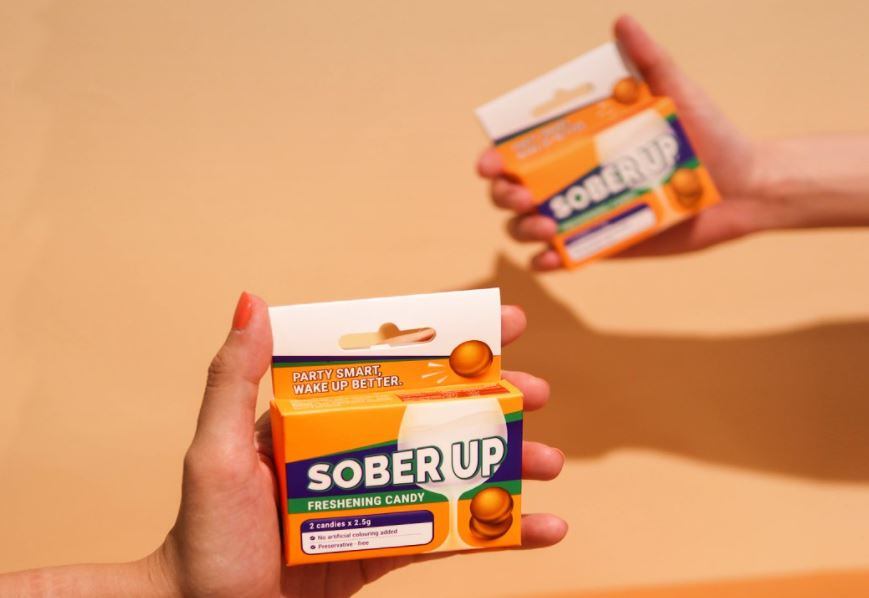
Sober Up also contains other ingredients like turmeric for its antioxidant properties to help the liver recover. It is recommended to be consumed one to two hours before alcohol consumption.
“If you look at the overall trend in the APAC region, you will notice that people are moving towards candies they are more functional instead of as a treat,” said Irwan.
“People come [to a pharmacy] and say they have a bad hangover and ask to recommend products to them, [so] I see the candy industry becoming more functional.
“If you look at what we have in the market today we have candies that are breath fresheners, sore throat, cough or throat relief which is going to be here to stay, [and] iIn the future, we might see a candy to help with issues like diarrhoea, toothache, rehydration.”
Watch the video below to find out more about Sober Up:
New innovations
Vegan sweets are another category anticipated to see a rise in APAC moving forward, especially in the Australian and New Zealand markets, not least due to a rising number of vegans and vegetarians in the region.
Mondelez has responded to this growing trend by launching a fully-vegan product under The Natural Confectionery Company range in September this year.
“We’ve just added a brand new vegan product to The Natural Confectionery Company range which is proving incredibly popular - While there have been other vegan candy products available in the market for some time, we think we’ve managed to make something that delivers the taste and texture candy lovers expect from [our] jellies,” Fildes said.
“We use a different, vegetable-based gelatin in the vegan products which deliver a similar texture to the soft jellies for which [our jellies] are known.”
Regular The Natural Confectionery Company jellies are made with beef gelatin, making it unsuitable for vegan and vegetarians.
Sugarless Confectionery on the other hand has opted to take a different direction by going to the source – it is launching a new low-GI cane sugar brand called Sugarlean, which is refined via a different process to make the product low GI while maintaining natural polyphenols from sugar cane that slow the metabolism of sugar into the bloodstream.
Handcrafted appeal
Sticky is well known for making its products in-store in from of consumers, as a boutique handcrafted lolly company, and has outlets in Singapore, Malaysia, Cambodia, Hong Kong and also ships products to the United States.
According to King, about 70% of its business now is international despite challenges faced during COVID-19 when its retail stores had to shut and business was greatly affected, which he said was only possible due to social media.
“[Sticky] resorted to video and live streaming on Facebook and Tik Tok which has since amassed more than 2.6 million followers - The engagement across all our social media platforms has kind of changed the face of modern businesses quite heavily,” he said.
“That has transformed our business here in Australia and is in some ways transforming businesses overseas to much bigger export demand, particularly from US.”
All in all though, the sweets and candies category as a whole is expected to power through the COVID-19 pandemic both because consumers tend to seek familiarity in times of difficulty.
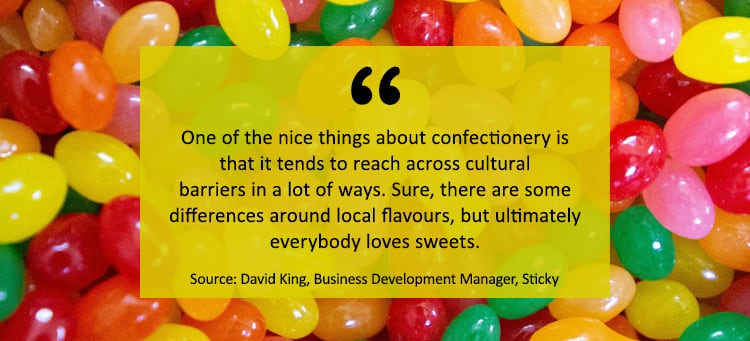
According to Aubry, sweets and candies have been ‘very lucky’ through COVID-19.
“It happens during any time of depression or recession – people go to buy chocolates or sweets because it makes them happy,” he said.
“So confectionery can essentially be considered to be depression and recession-proof categories, [and might even see positive growth].”
King concurred, and added that this is also because the category is able to surpass all cultural and geographical boundaries to unite consumers as ‘everyone loves sweets’.
“One of the nice things about confectionery is that it tends to reach across cultural barriers in a lot of ways,” he said.
“Sure, there are some differences around local flavours, but ultimately everybody loves sweets.”

